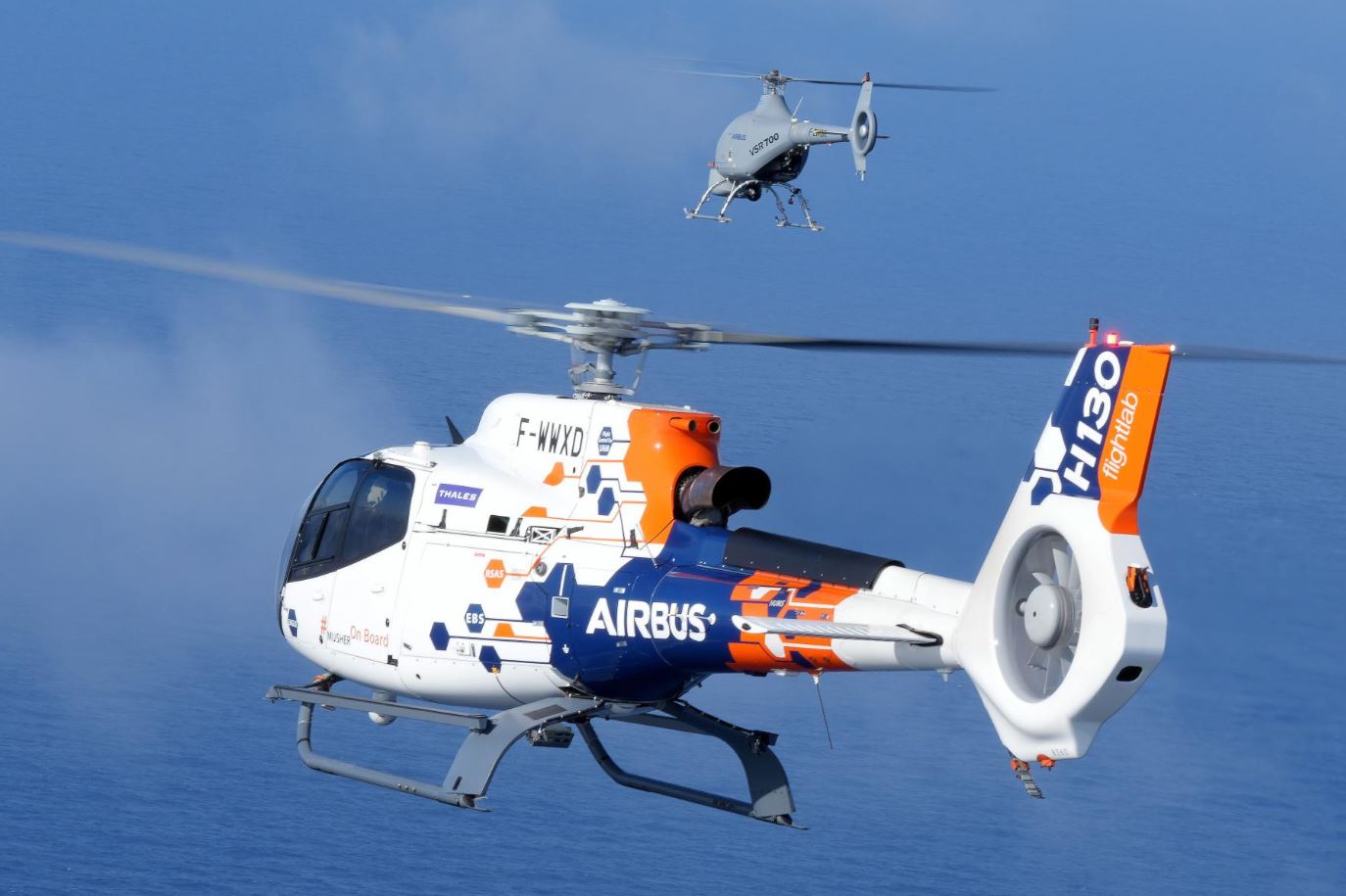
Airbus Tests Drone and Helicopter Interoperability to Boost Emergency and Rescue Operations
MUM-T Technology Aims to Enable Faster, More Efficient Crisis Response Worldwide
Collaboration between drones and helicopters is poised to revolutionize emergency and rescue operations. Airbus Helicopters and its European partners recently completed a large-scale demonstration to test the interoperability between piloted and unmanned aerial systems (MUM-T). This new technology offers exciting potential for enhanced coordination during critical situations such as search and rescue missions, disaster response, and anti-piracy interventions.
The tests, which involved several European countries, were conducted between September 30 and October 9, 2024, across France and Italy. This project is part of MUSHER, an EU-funded initiative aimed at developing a unified system that enables manned and unmanned aircraft to work seamlessly together. MUSHER seeks to improve operations in complex environments, whether they be civilian or military.
Rapid Emergency Response Through Drone-Helicopter Coordination
During the demonstration, Airbus used the H130 FlightLab helicopter alongside the VSR700 drone. Leonardo, another key partner, deployed a helicopter and an optionally piloted vehicle. The trials were based on realistic scenarios provided by the defense ministries of France, Italy, and Spain, including an anti-piracy mission.
One scenario showcased the ability of a drone to perform surveillance over the ocean, identifying suspicious activity aboard a vessel. Once the drone detected the target, a manned helicopter joined the operation and took control of the drone to coordinate the intervention. This demonstrated how MUM-T technology can improve the speed and precision of emergency missions, making it easier to respond to complex threats.
A Game-Changer for Global Rescue Operations
The interoperability between drones and helicopters offers immense benefits for the emergency sector. In search-and-rescue missions, for instance, especially in remote or disaster-stricken areas, coordinated aerial platforms can make the difference between life and death. Drones and helicopters working together can locate people in distress, provide real-time data to rescue teams, and swiftly transport medical personnel and critical supplies.
MUM-T technology also reduces the workload for flight crews, allowing them to focus on tactical decisions while drones handle surveillance and support tasks. The ability to integrate systems from various companies and countries ensures operational flexibility and enhances international collaboration—key factors in large-scale disaster response efforts.
Challenges and Future Prospects
Despite the promising results, challenges remain before drones and helicopters can be widely deployed for emergency services. Managing air traffic involving mixed piloted and unmanned systems, as well as addressing cybersecurity concerns, will be crucial. However, MUSHER provides a valuable demonstration of what the future holds for coordinated aerial missions.
The project’s ultimate goal is to develop a standard European MUM-T system capable of functioning in multiple environments—civilian, military, or hybrid. With faster, more agile response capabilities, this system could become a vital tool for addressing global crises and emergencies effectively.
Thanks to initiatives like MUSHER, the emergency and rescue sector is evolving with cutting-edge tools to meet modern challenges. The synergy between drones and helicopters not only boosts operational efficiency but also represents a turning point in emergency response. Faster reaction times and improved safety for personnel will be key outcomes of this innovation. As coordinated aerial systems become more widespread, they will pave the way for a new era of integrated and agile rescue operations, ensuring better preparedness for future crises.
Sources
- Airbus press release


